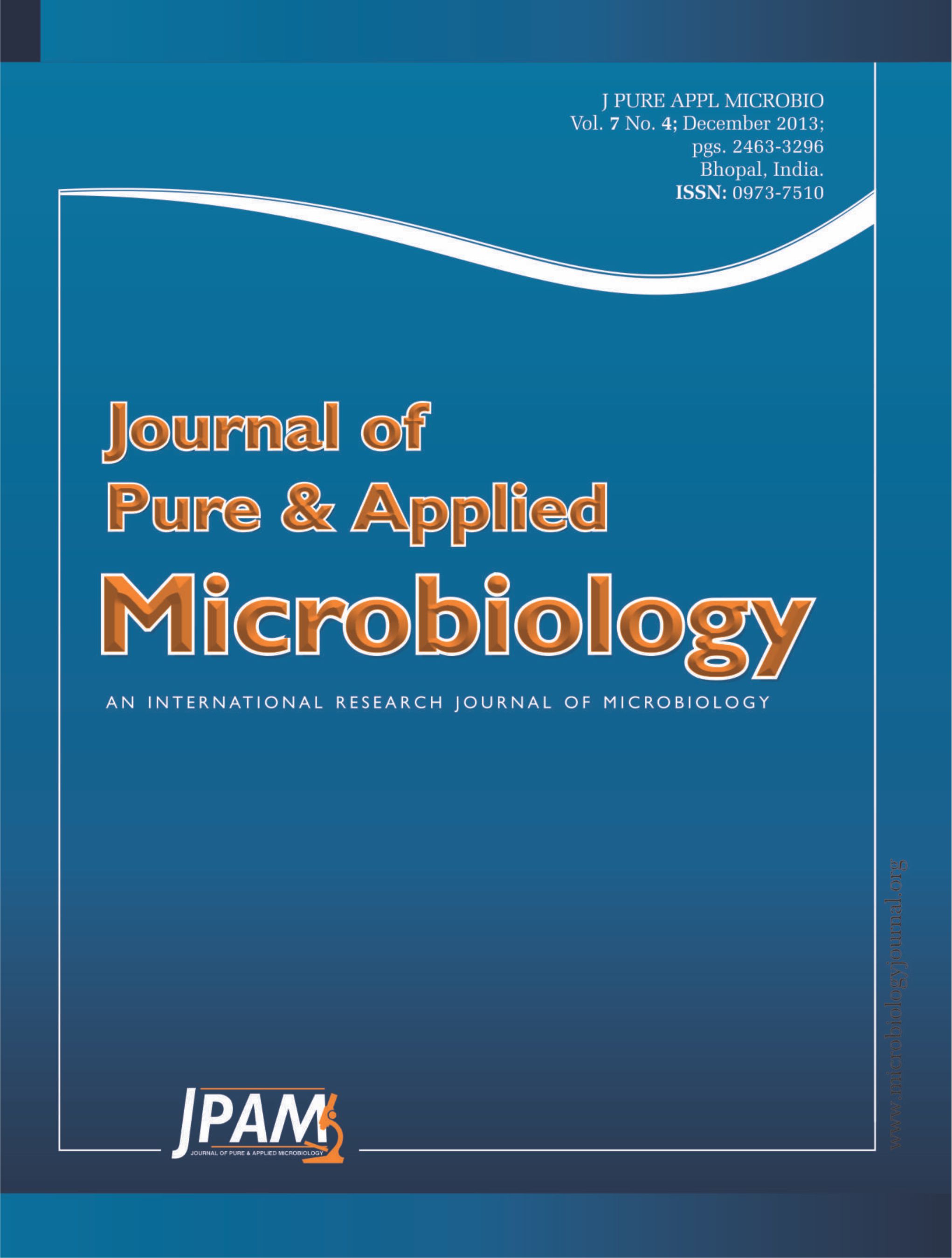The density of soil microfungal community and growth profile of oil palm (Elaeis guineensis Jacq.) seedlings were investigated using artificial inoculations of the pathogenic fungus Ganoderma boninense and the symbiotic fungi Trichoderma harzianum and Glomus etunicatum. Because Trichoderma have wide distribution, the isolation frequency of T. harzianum was measured in soil during interaction oil palm with fungi. Additionally, moisture content of the soil was determined. Densities of the soil microfungal community increased in oil palm inoculated with T. harzianum and G. etunicatum. While oil palm inoculated with G. boninense showed a decrease in the density of the soil microfungal community. Isolation frequency of T. harzianum was approximately constant until 21 days postinoculation (dpi) and thereafter decreased when physical symptoms appeared in G. boninense inoculated plants. The frequency of T. harzianum was 100% in T. harzianum inoculated treatment at 3 to 147 dpi, while in G.etunicatum inoculated treatments no significant differences in frequency of T. harzianum were observed. Our data revealed that interactions between oil palm with T. harzianum and G.etunicatum significantly improved the growth of palms. A suppressive influence on growth was observed in the interaction between oil palm and G. boninense. The moisture content of the soil increased significantly in the case of T. harzianum inoculated seedlings. This study clearly demonstrates that density of the soil microfungal community and the associated growth profile of oil palm respond differently depending on the type of interaction. Thus, the density of soil microfungal community could be a useful indicator for early detection and control of Ganoderma disease in oil palm.
Elaeis guineensis, Ganoderma boninense, Glomus etunicatum, Microfungal community, Trichoderma harzianum
© The Author(s) 2013. Open Access. This article is distributed under the terms of the Creative Commons Attribution 4.0 International License which permits unrestricted use, sharing, distribution, and reproduction in any medium, provided you give appropriate credit to the original author(s) and the source, provide a link to the Creative Commons license, and indicate if changes were made.


